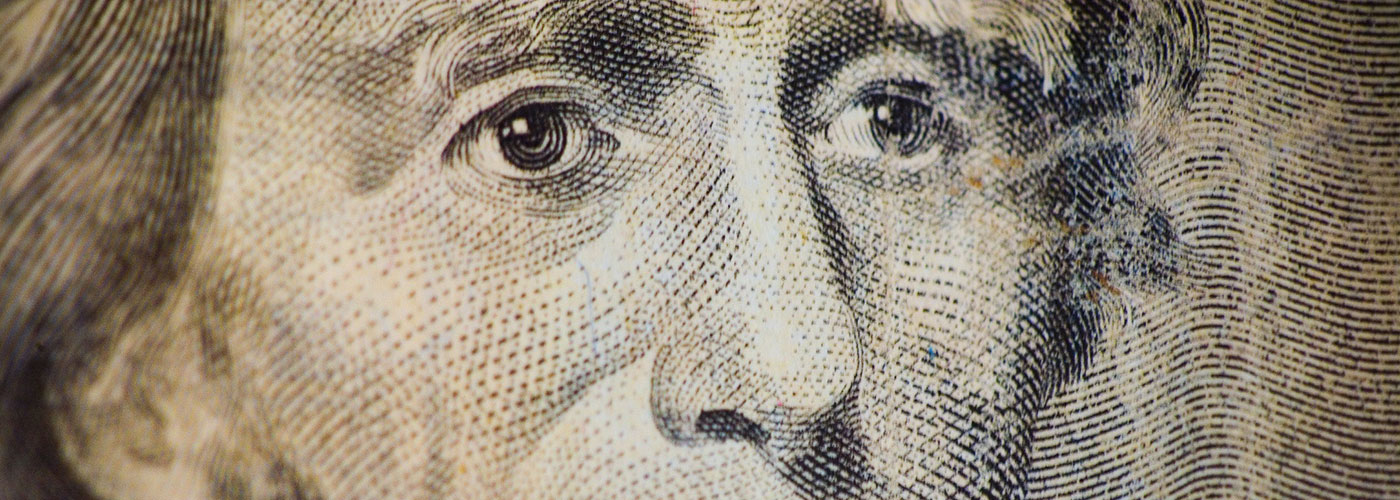Over the last couple of days, while digging deep into the business models of some truly phenomenal impact-driven businesses at the Unreasonable Institute, one question kept popping up again and again:
At the end of the day, who does actually make the purchasing decision and who pays?
At the end of the day, who does actually make the purchasing decision and who pays? Tweet This Quote
For consumer-facing businesses the answer to this question sounds deceivingly simple: “The end-user.” Often that’s actually not true. You’re building a product which serves the needs of young teenagers? Their parents pay. Your product is in elderly-care? The purchasing decision might be done by the children of those who are using (and potentially paying for) your product. Selling a car? The vast amount of car purchasing decisions are driven by the kids in the household—not daddy or mommy who will fork over the money.
For B2B businesses these questions become even more complex and crucial as rarely the person who makes the decision is the person actually using your product or service.
I often use a roleplaying exercise to get entrepreneurs to deeply think this through. It’s enlightening to truly put yourself in your customers’ shoes and experience who is really the person in charge and/or footing the bill.
Once you understand who the crucial people on the other side of the table are, you can design your pitch, your marketing and sales material and everything else which makes your customers buy your product or service. Without it, you fly blind.
This originally appeared on Pascal’s blog.



